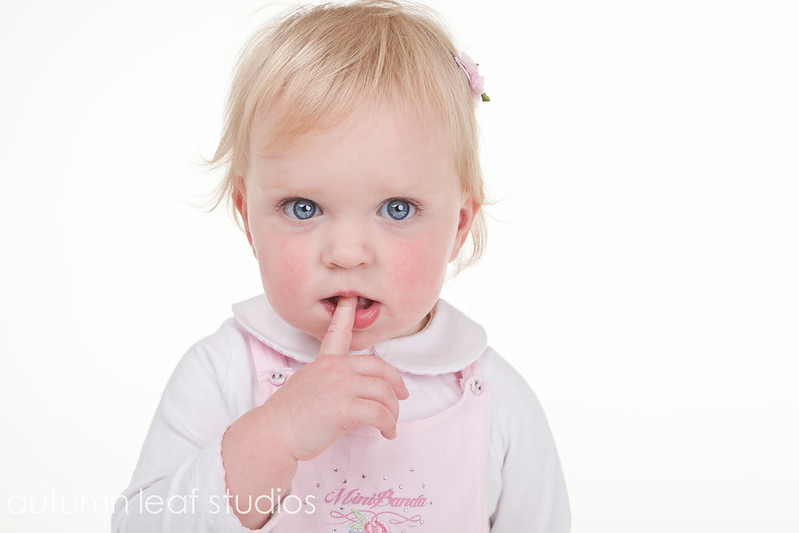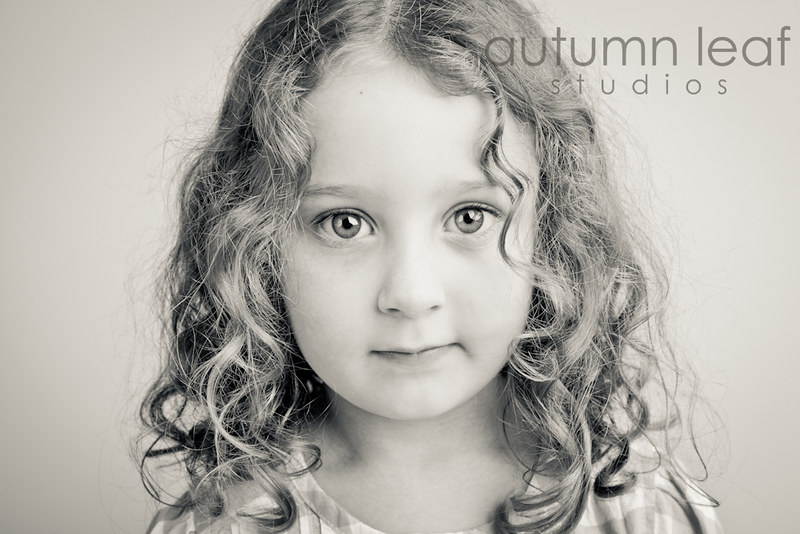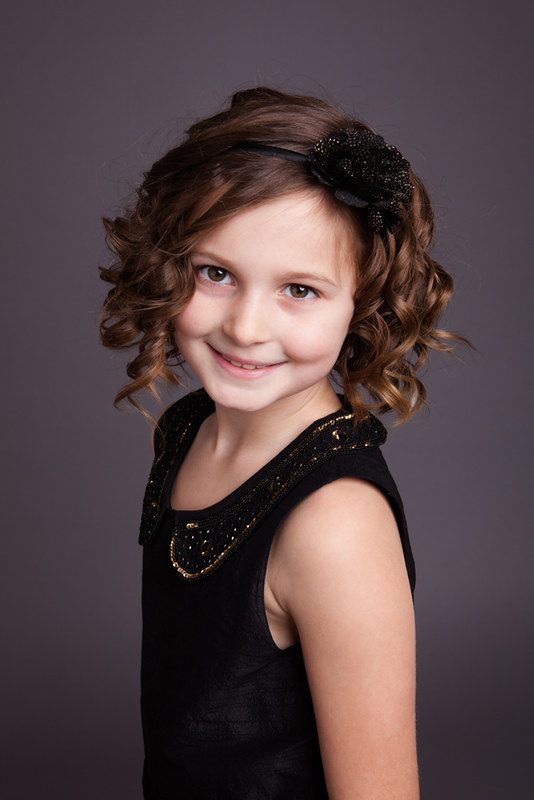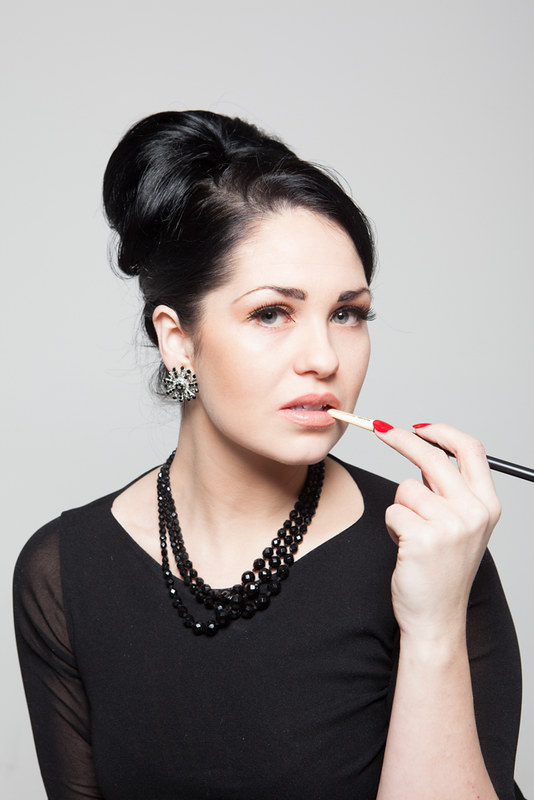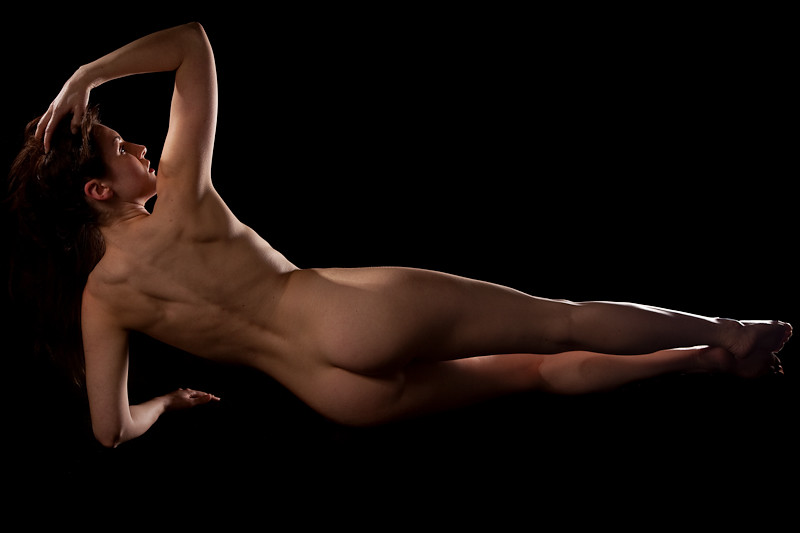No, it isn't wrong, but I disagree with most of it... I think.
But it doesn't matter whether it's right or wrong, or whether most people agree with you, with me or if they have some other view.
What matters is that this is a lighting forum, it's supposed to be about lighting - but mostly it's about equipment. Many of the questions about equipment are interesting, and many of the answers are useful, but equipment is nothing more than a tool - it has its place but its place in the pecking order is lower than an understanding of light, creativity and technical skill.
So, I prefer to talk about light, and how we use it. If doing that makes people think, then that has to be a good thing, whether or not they agree with me.
But that's not true Garry. When overcast, our natural light source is such a massive softbox that there are few shadows.
But the light is still coming very much from above. Obviously there can be some reflected light too, but the overall effect is still from above.
And not one room in our home has a single light source in it at night.
Maybe not, but I'm willing to bet that that most of your light sources are above head height. And if they're not, that's unusual.
To be honest, most of the time I see people in the world, they do not have lighting anything like the photos you've posted.
You know something (and I'm leaving myself wide open here)

one of my hobbies is looking at women. By the time they reach puberty, most of them have learned what it takes men so long to realise that most of us can't use the information... That it's big lips and big eyes that men look at. That's why they make their eyes look bigger and make their lips look fuller. The 3rd most important facial characteristic is high cheekbones. Women paint on their cheekbones to emphasise them, and the makeup, skillfully applied to good features, produces almost exactly the same effect as as having a single light directly in front of the face.
Also, I remember a comment from a studio photographer in the US - he had a main light, hair light, 2 accent lights, and a reflector as a fill. He said people don't buy shadows, so I don't shoot them.
I think that in terms of skill and creativity, most British photographers can learn as much about lighting from the most American photographers as most British soldiers can learn about fighting from the Italians.
I want them to buy all my photos.
Please don't confuse the success of bland products with quality products. More bland family cars are sold than high performance sports cars.
Photos like this are specific to a purpose; it is above good, but it is an extreme example of what I was describing, it's a Ferrari that really isn't suitable for the school run. But, according to your American source, it's a bad shot...
Here is a much softer shot, the shadows are far less obvious. Again, it's excellent. And again, the light is frontal and high.
There is a fill in this one, often there is, but the fill is low enough not to destroy the all important shadows.
What about this one?
Here, the light from the beauty dish isn't quite as high, but again it's frontal (frontal in this case means directly in front of where she is looking, I asked her to look at the top of the beauty dish)
Again, it's about creating shadows. The most important thing in lighting is the bits that aren't lit, they transfer attention to the bits that are lit.
If you think the lighting on some of these shots is strong, wait until you see the next issue of the Lencarta catalogue





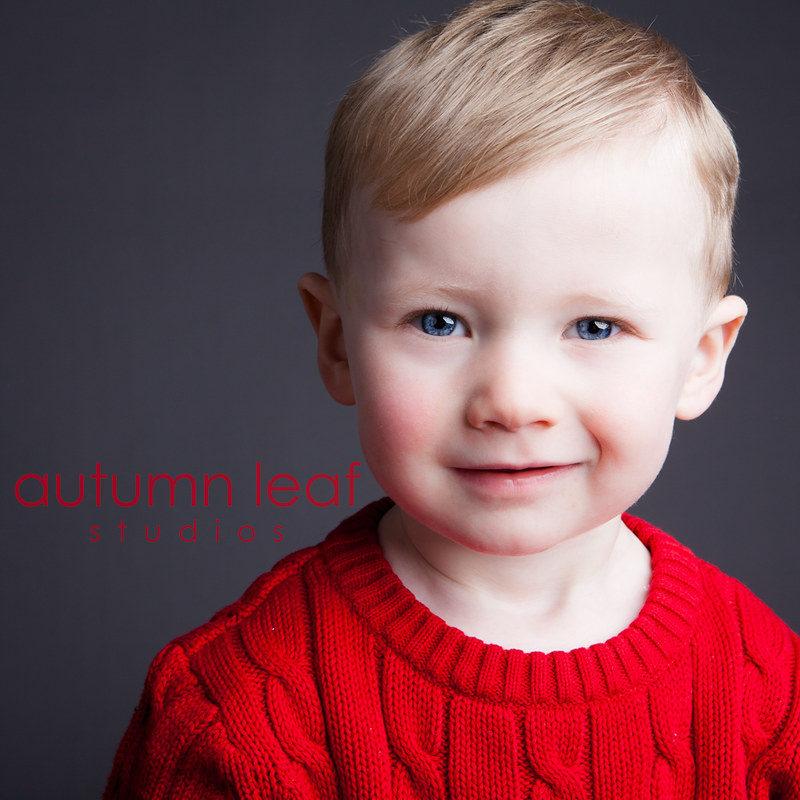





 What would you have done with this information were you still a teenager? Anyway - so light the subject to emphasise their lips, eyes, cheeks etc - but you're talking about pretty ladies, not 3 year olds (like the chap in red).
What would you have done with this information were you still a teenager? Anyway - so light the subject to emphasise their lips, eyes, cheeks etc - but you're talking about pretty ladies, not 3 year olds (like the chap in red).